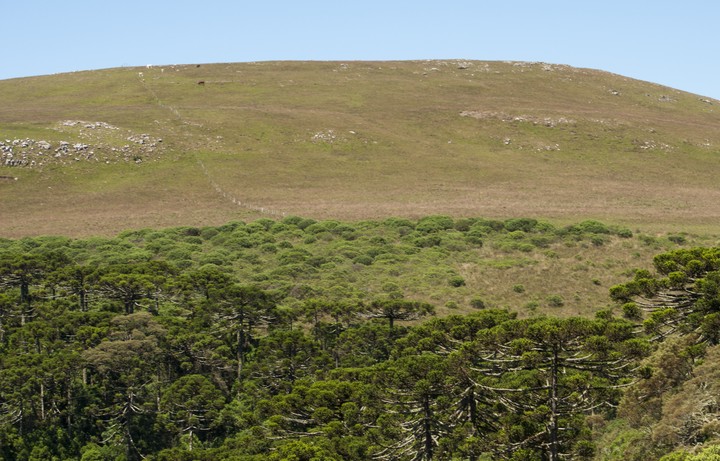Preventing traditional management can cause grassland loss within 30 years in southern Brazil
 Image credit: Rafael Barbizan Sühs
Image credit: Rafael Barbizan Sühs
Abstract
Woody encroachment threatens several ecosystems around the world. In general, management of grasslands includes regulation of fire and grazing regimes. Changes in these two types of disturbances are potential drivers of woody encroachment. Here we assessed how the traditional management carried out by local landholders affects a highland grassland ecosystem in southern Brazil. We hypothesized that grasslands converted to protected areas undergo fast woody encroachment. To reconstruct changes in vegetation, we interviewed former and current landholders and coupled their knowledge with an analysis of aerial and satellite images. During the first 11 years without fire and cattle, woody encroachment in grasslands increased exponentially. Woody encroachment occurred mostly by the replacement of grasslands by shrublands. Meanwhile, grasslands under traditional management remained almost unchanged for the last 40 years. The management of fire by local landholders has been part of their traditional practices for decades. Such management prevents large-scale wildfires and maintains natural highland grasslands. The quick pace of shrub encroachment in such grasslands threatens its exclusive diversity, human well-being and regional cultural heritage. Thus, conservation policies are needed to regulate and instruct about the use of fire as a management tool in highland grasslands of southern Brazil.